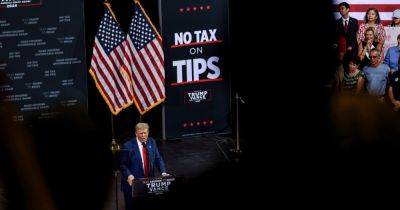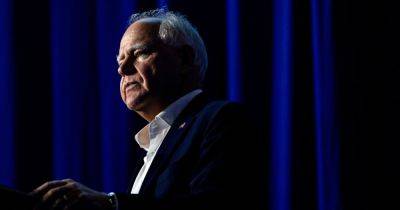For Presidents, Golf Is a Refuge. For the Secret Service, It Can Be a Headache.
Ronald Reagan had gone to Augusta National Golf Club in 1983 for a break: He would stay in a cottage formerly favored by Dwight D. Eisenhower and play the course renowned as the home of the Masters Tournament.
Then a man rammed a pickup truck through a gate and headed toward the pro shop, where he took hostages and demanded to talk to Reagan.
The episode concluded after about two hours, with the president and the hostages unhurt. But Reagan decided that his time as the nation’s golfer in chief was largely done.
“Playing golf is not worth the chance that someone could get killed,” he said, according to Joseph Petro, a longtime member of Reagan’s protective detail who recounted the incident in his 2005 book, “Standing Next to History: An Agent’s Life Inside the Secret Service.” Reagan rarely played again.
Most recent American presidents have embraced golf as a bipartisan tradition — a head-clearing, backslapping escape where a president is just as likely as anyone else to be betrayed by a putter. But just as the Reagan episode prompted the White House to rethink whether presidential golf rounds invited unnecessary risks, Sunday’s apparently thwarted assassination attempt on former President Donald J. Trump has sparked questions about the perils that come with navigating 18 holes across wide-open spaces.







